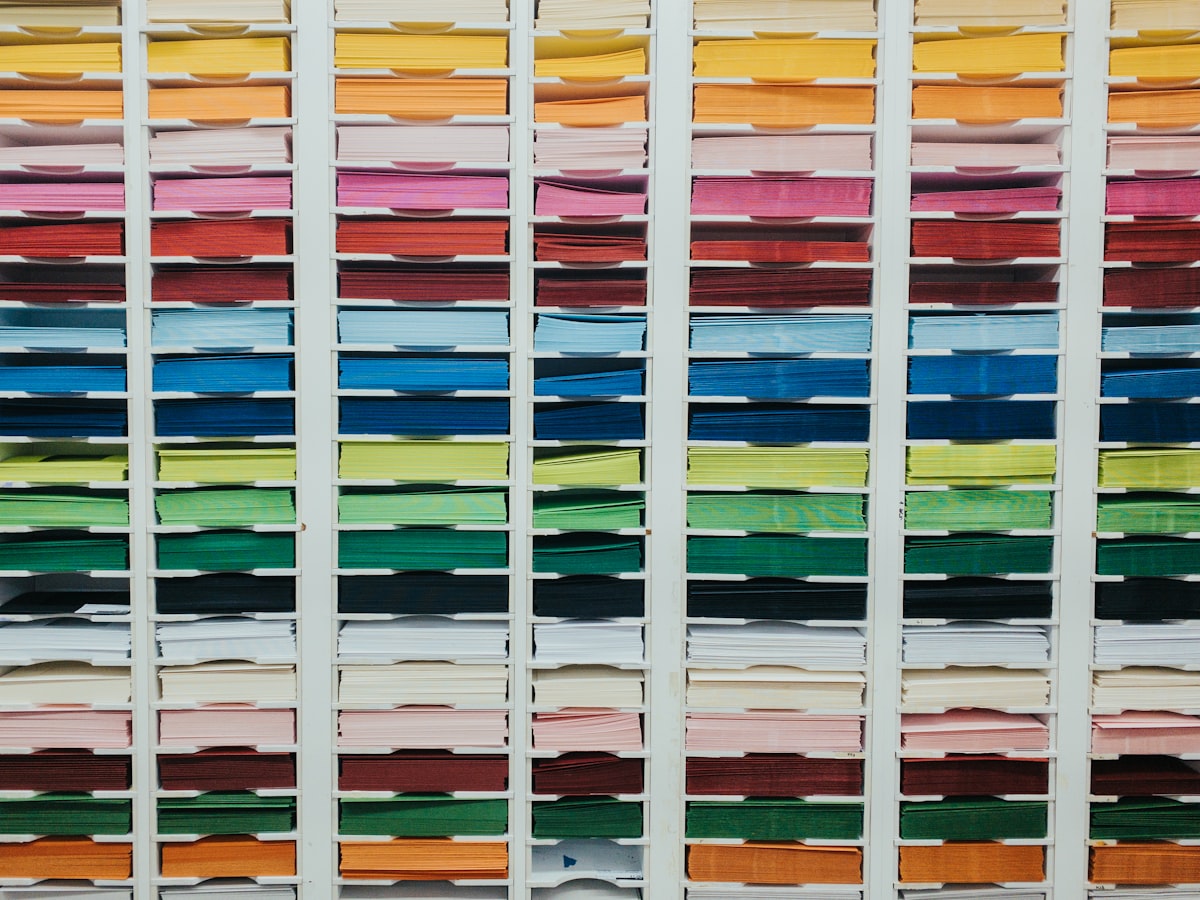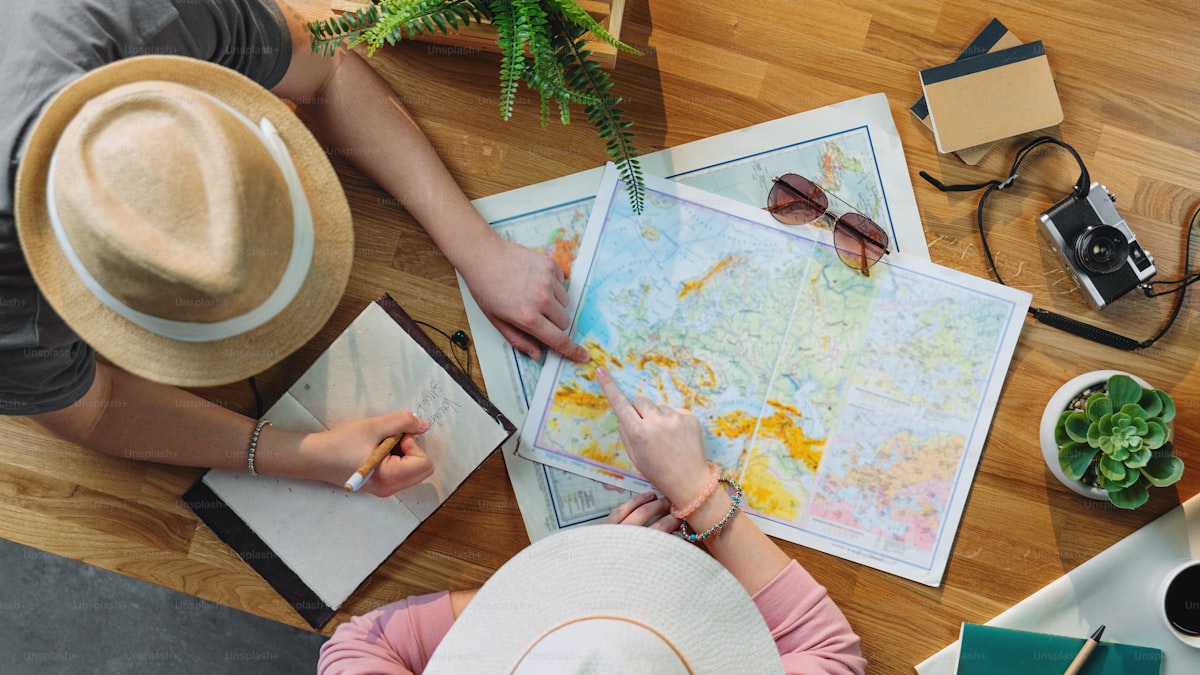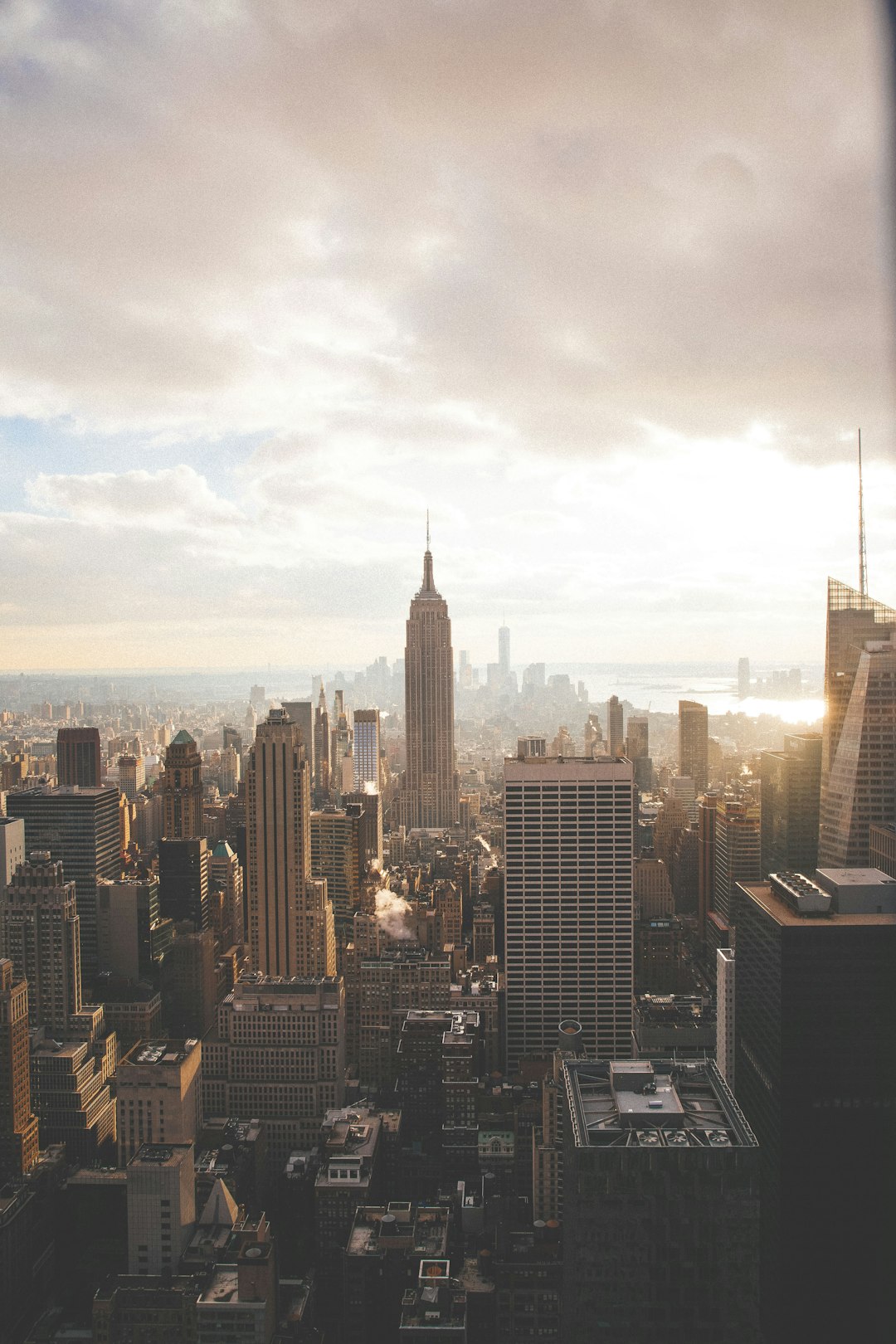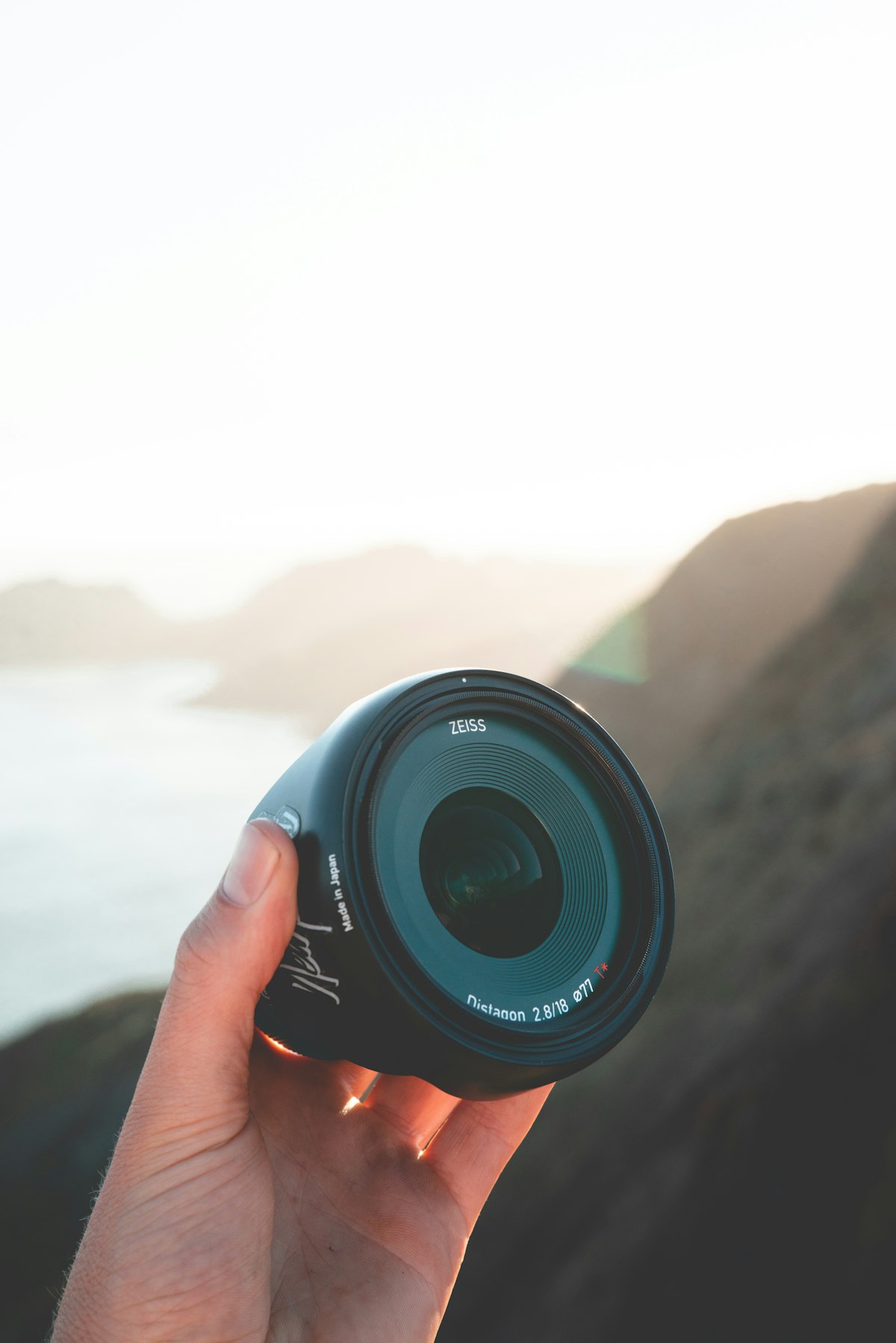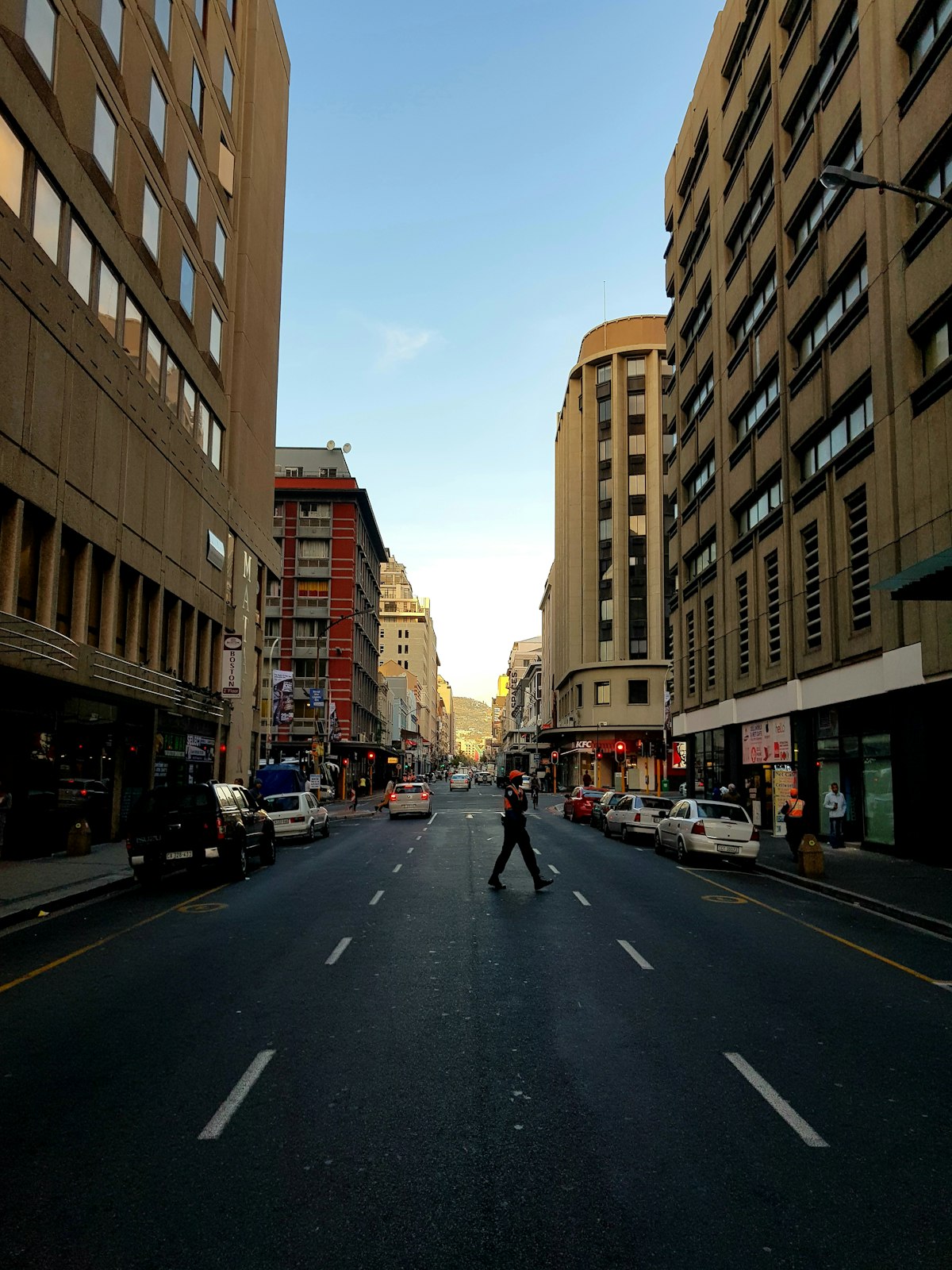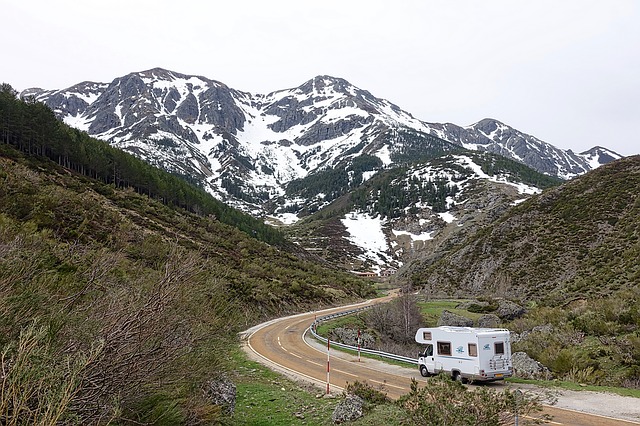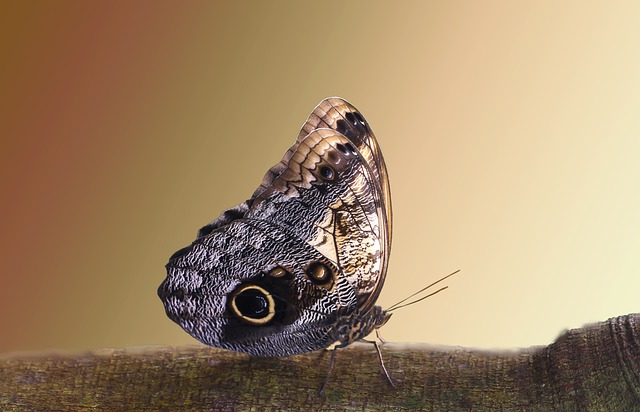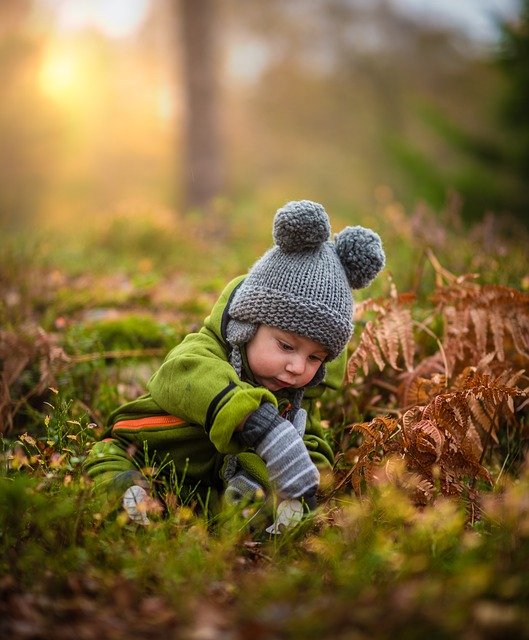
If you are a beginning photographer, you probably want some tips so you can learn to take better shots. Read this article for some great advice on how to capture great photographs.
When taking pictures, avoid overcast skies. Having too much gray sky can make your shots appear washed-out and muted. Black and white photos can work better if shot on overcast days. If the sky is blue and beautiful, include it as much as you want, but pay attention to the light.
Be mindful of which and how many objects appear in your photos. Your picture should be composed in such a way that it gives some insight into your subject. Do not try showing too much. To create a general impression of an object, shoot a series of photos, instead of a single detail oriented photo.
If you’re taking pictures of landscapes, you will want to create depth and perspective for the viewer. Place an object or person in your image’s foreground to provide an understanding of the scale of your photo. Set a small aperture, try one no greater than a f/8 if it’s a digital or f/16 with an SLR, so that your foreground and background can both be sharp.
Dslr Camera
Experiment with your camera’s various features, along with angles and colors. Even if the subject of your photograph has been shot a million times before, you can change many different factors to make your shot stand out. A good photographer will be able to take a picture of a common object and make it stand out and look special, because of their artistic talent and skills. Experiment with different techniques to develop your own style.
When you are prepared to take your photography to the next level, invest in a dSLR camera. A DSLR is a single-lens reflex camera that is digital. These cameras are superior when it comes to viewing your subject just as the image is shot. You might want to buy a full-frame DSLR camera, you will then be able to get detailed photographs.
Take pictures right away when you start traveling. Trips provide a great place to shoot some very interesting photography. Every step along the way, you may find some great opportunities to take photos. From the airports to the hotels, you can snap some unique shots anywhere.
Your arms should be positioned near your body when you use a camera. Also, make sure you support the camera from the bottom and the sides. This keeps the shaking to a minimum and your shots will be more clear. When you place your hands under the lens and camera body, you will reduce the risk of dropping your camera unintentionally.
You can move the subject around so that you can find a shot you find interesting. Experiment with taking a picture above and below your subject, as well as moving off to the side.
This tip will help you improve your photos! You need to experiment with shutter speeds. There are P, M, A, and S settings on your camera. P means your program mode. This setting is automatic, which means you don’t have to worry about setting the shutter or aperture speed yourself. If you are unclear what settings you want to apply, just use “P” setting.
Look for the right types of things to take pictures of. A good subject is the most important thing when it comes to photography, no matter what kind of camera you have. Choose your subject carefully, whether its a model who can pose or just a still object.
Photography needs to be enjoyable. It should be used to remember a specific moment, event, or place so that you may show others, or so you can recall it yourself. Make sure you are having fun when you are taking pictures and you will be enthusiastic about learning new skills.
If you are taking pictures of subjects near fluorescent lighting, you’ll need to manually set the white balance to correct for the tinting effect this causes. Fluorescent lights cast blue and green light, so your subjects might appear a cooler hue than you expect, unless you compensate for lack of the color red with your camera.
In almost every life situation, it is ingrained in us to keep things centered and even. We have been taught all of our lives to always strive towards perfection, but when you are shooting photographs of a more off-beat, artistic nature, do not focus directly on your subject. Also, be aware of auto-focusing features that zoom in on what is centered in front of the camera lens. Focus your camera manually, then lock it before taking the picture.
Try to experiment with perspective, expression, and scale. Simple objects take on whole new looks when photographed in a non-typical setting, or when placed in a silly or unusual situation. Experiment with your compositions to bring a unique perspective to an ordinary object.
Challenge your preconceived notions regarding expressions, perspective and even scale. An otherwise ordinary subject can appear quite artful if placed in an environment where it appears drastically disproportionate in size or humorously out of place. Putting an object somewhere creative can help something familiar look very unique.
Challenge your creativity by creating a limitation for your photo shoot. For instance, make a goal to only photograph images that represent one concept, such as “red.” You can improve your technique by taking many pictures from the same location. These strict limits will force you to try new ideas and think creatively.
One strategy to develop a creative eye is to use limitation. One such limitation would be to only photograph subjects that reflect one specific theme or idea. Focus your shooting to one spot or room and shoot 100 varied photographs. By enforcing this limitation, your mind has to find new ways to express the subject in a great photograph and this causes you to think beyond your normal comfort-zone.
Try to take your photographs quickly. The ideal moment to capture an image usually doesn’t last for long, so make sure you’re always prepared to shoot. Animals will run, people will blink and little kids might start making funny faces while you are trying to get the ultimate shot. If you focus too much on perfecting all your camera’s settings, you can lose the shot you want to take. So don’t stress yourself out too much over this.
As you journy to new and different places, look for tips on what interesting things there are to photograph. For a quick insight into local areas that may be rich with potential photo subjects, give the nearest rack of postcards a spin. Postcards have shots of attractions and subjects you can include in your photos.
Resist the temptation to maximize the number of available shots you can get on one digital card; instead choose settings that will allow a far greater quality for output printing. Only use the lower settings when you are absolutely sure that you will only be displaying the images on a computer screen.
Read your camera’s instruction manual. Camera manuals have a certain bulky heft that discourages reading. They are often banished to the bottom drawer or tossed entirely. Rather than trashing your manual, make some time to learn the information it provides. You will take better quality pictures without making trial-and-error mistakes.
If you are aiming to take the best pictures, you must ensure your subjects are in proper focus. If you need your photos to have good composure, keep your camera in focus at all times. Centering your primary subject in the field of view is a safe bet, especially while you are still learning the photographic ropes. Do not worry about the background at first. This is something you will learn more about as you progress.
Keep an eye out for any kinds of patterns, whether natural or artificial, when shooting your subject matter. Patterns that repeat make very interesting subjects for photography. These patterns are not only great for interesting photos by themselves, they can also add an eye catching background for whatever the main subject of your focus is.
Sharpness can greatly influence your picture. Sharpness affects the crispness of your photographs. The closer you get to the edges, the more distortion you get.
Try altering the camera’s focus to achieve some noteworthy effects. Lowering the f-stop will focus on the subject of your photograph, and blur the background of the picture. This is good for taking pictures of people when the person is very close to your camera. A larger f-stop number will increase the depth of the field, making everything in the photograph, background and foreground, focused. This works great for landscape shots.
Remember that our camera is merely a tool that can be manipulated for capturing your creativity though photographic images. By applying a field that is more shallow than usual, you can focus on the subject of the photograph while gently blurring the background elements.
Composite Photo
The film brand that you use with your film camera is significant. Most photographers at all skill levels have developed a fondness for a particular type of film. There aren’t big advantages to a certain brand over another. You can decide which brand to use for whatever reasons you want.
In most situations, you need to make a choice between setting your exposure to favor the highlights of a picture or its shadows. If you can’t choose between highlights and shadows, take two shots. If you still can’t determine which shot is better, use photo-editing software to blend the two shots into a new composite photo. This composite photo may seem perfect to your eye.
Before you start snapping pictures, come up with a concept. Take some time out, and sit and jot down notes and ideas that you can use to make a better shot. Like art, photography is best expressed in the details. When you take the time to plan out your photo, it shows. This mindset can help to achieve more inspiring results that heighten future photographs.
Now that you have read this article, you can see how photography can capture a moment or subject that other people might not notice. If you implement the tips in this article, you are sure to increase your photography skills.
When you know you will be snapping photos in poor lighting, bump your shutter speed up a bit. This will stop the picture from coming out blurred. Go with shutter speeds no faster than .005 second, or perhaps .004 seconds.
Now that you’ve read this piece, you have hopefully learned some excellent knowledge on Gopro Accessories,DuPont Fiber bed pillow
Hospital mattress protector
zippered mattress encasement. After you take the facts from this article, search elsewhere for information. The more information you get on Gopro Accessories,DuPont Fiber bed pillow
Hospital mattress protector
DAHUA 4K camera
HDCVI Camera
zippered mattress encasement, the better you can do in the future.





